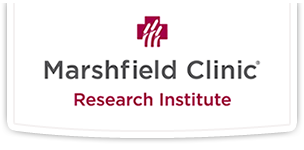Spheres of Influence in Agriculture: A Pilot Pile Sort Study with Dairy Farmers, Agriculture Bankersr and Insurance Agents on Farm Safety and Injury Prevention

University of North Carolina
Chapel Hill
Danielle Schenk, Casper G. Bendixsen
National Farm Medicine Center
Research area: Agriculture and Safety
Background: Agriculture is one of the most dangerous industries in the US. Voluntary adoption of interventions has failed in part due to researchers and policy makers’ lack of understanding of farming and the attitudes and beliefs of the agricultural community towards health and safety. “The Spheres of Influence” project addresses the need to better understand who the stakeholders are in agricultural safety. In addition, it will aide in understanding the amount and type of influence these stakeholders hold in order to better implement farm safety recommendations and interventions.
Methods: One hour interviews were conducted with farmers (n=10), agriculture bankers (n=10) and insurance agents (n=5) using a mixed methods pile sort. Participants sorted 32 cards into categories based on a modified 5-point Likert scale. Each card listed a stakeholder in agriculture. Additionally, participants answered demographic and follow up questions on their role in the implementation of a hypothetical farm safety intervention. Quantitative and qualitative data were analyzed in Excel and Dedoose, respectively.
Results: Four main insights were generated from this study. First, communication and time spent on the farm is important in building trust with farmers and, in turn, adoption of safety recommendations. Second, monetary incentives can bypass the need to spend more time on farms. Third, there is a potential to create and implement farm safety interventions with insurance agents. Fourth, involving trusted advisors in the development and implementation of agricultural health and safety interventions is critical to their adoption.
Conclusion: Translating the mixed methods pile sort to the three populations allowed for greater understanding of the relationships between the stakeholders in dairy farming. It also highlighted potential ways to leverage these relationships to create farm safety recommendations that will be readily adopted by farmers. Further research with insurance agents and their potential role in farm safety interventions is needed.
